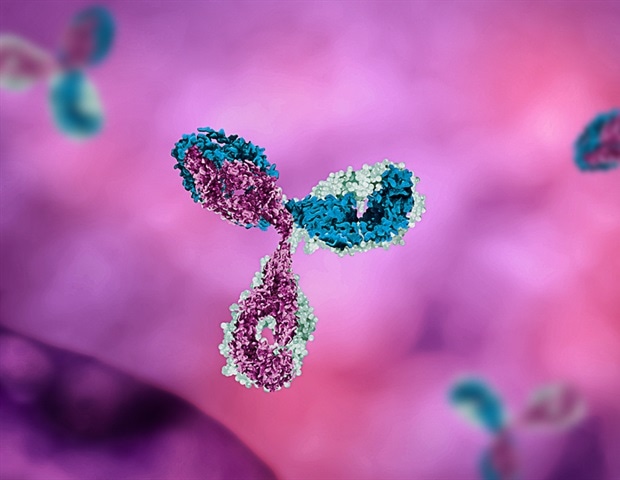People have heard for years that climate change is having a significant impact on plant vegetation patterns and influencing how pollen and mold produce. A new study being presented at this year’s American College of Allergy, Asthma and Immunology (ACAAI) Annual Scientific Meeting in Boston showed that, in Chicago, there has been a significant increase in sensitization to pollens and molds in patients with nasal allergies.
Our goal was to analyze changes in pollen sensitization patterns over the past 10 years in Chicago to better understand the impact of climate change on airborne substances that can cause an allergic reaction. Airborne allergens include any substance that can cause an allergic reaction, such as pollen, mold or dust mites. We wanted to see if climate change showed an association with those substances in terms of increasing the rates of sensitization.”
Kylie Jungles, MD, allergy fellow, lead author of the study and ACAAI member
Allergic sensitization is the process by which the body develops antibodies to allergens, which are components of substances normally occurring in the environment, that are inhaled, ingested, or absorbed. It is the first step in a person becoming allergic to a substance.
In the study, a retrospective chart review was conducted on patients with nasal allergies seen at an allergy center in Chicago from 2014-2024. Data from blood tests was collected, as well as patient specific characteristics including age, gender, and other allergic conditions.
Allergen testing from 1,052 patients was analyzed from 2014-2019 (pre-COVID) and 2022-2024 (post-COVID.) The rate of sensitization to outdoor aeroallergens significantly increased in the post-COVID period compared to pre-COVID. Tree pollen (69.8% vs. 49.3%), weed pollen (76.1% vs. 54.1%), grass pollen (100% vs. 57.7%), and mold (76.7% vs. 46.5%) all increased post-COVID compared to pre-COVID. Despite the increased sensitization to outdoor allergens during these time periods, sensitizations to indoor allergens (cat and dog) were not significantly different.
The authors conclude, “This increased sensitivity may be due to changing patterns of pollen and mold proliferation secondary to increased temperatures, rainfall, and rising water levels that Chicago has been experiencing due to climate change. More research is needed to investigate the impact of climate change on aeroallergen sensitization.”
Source link : News-Medica

